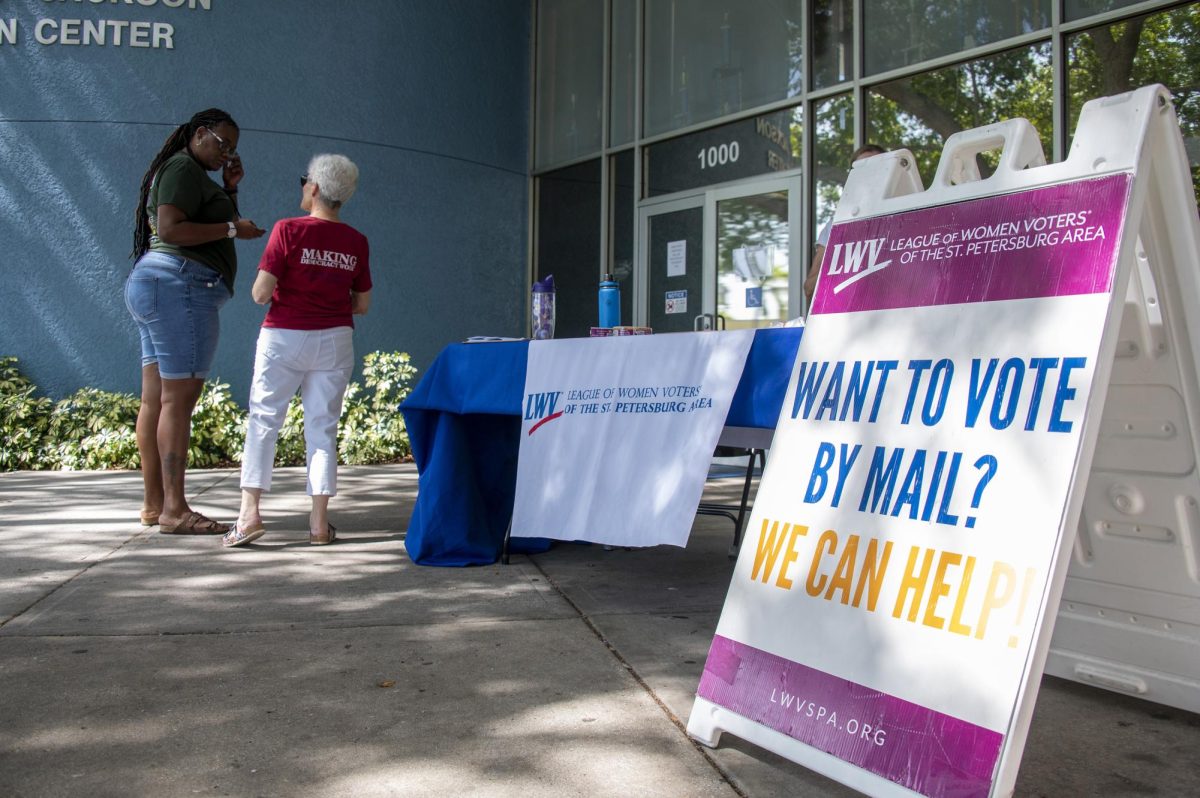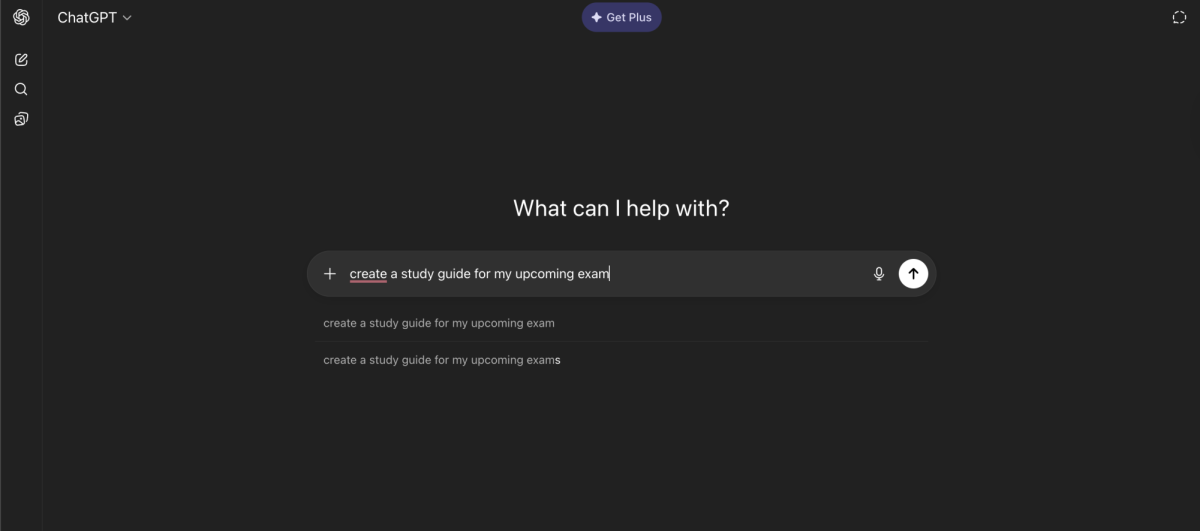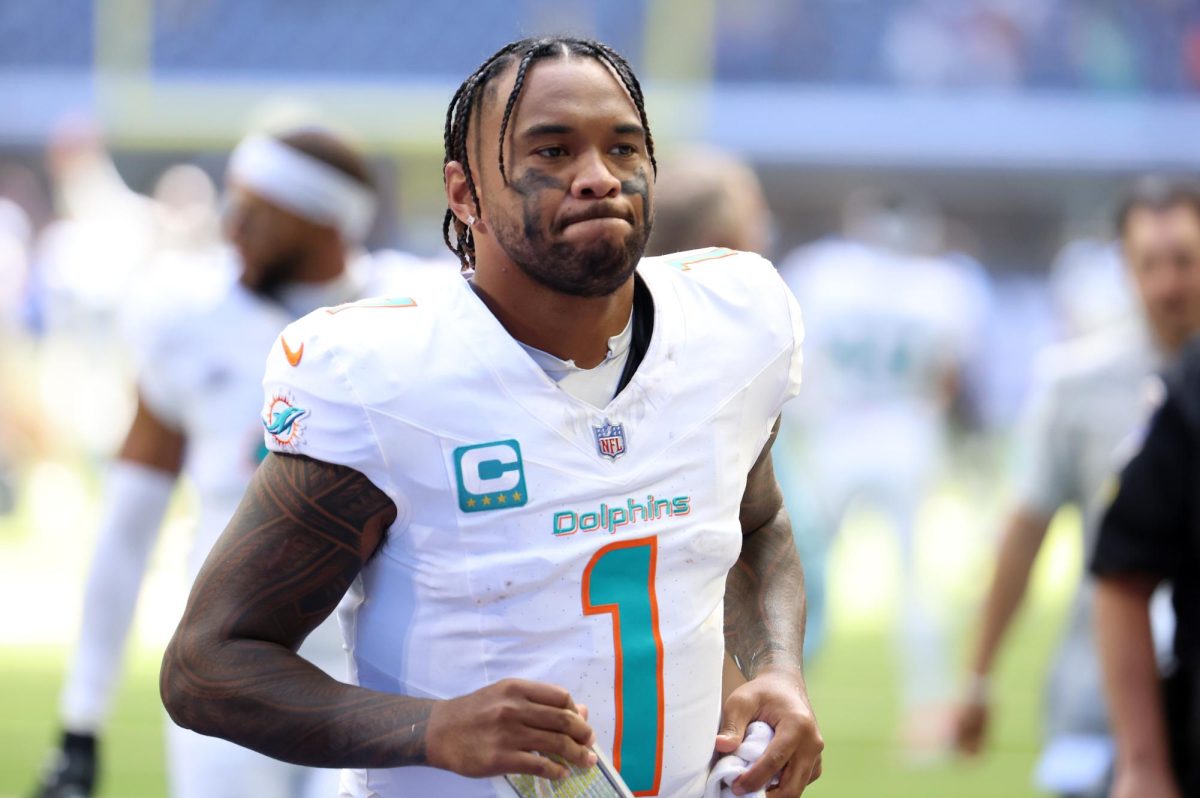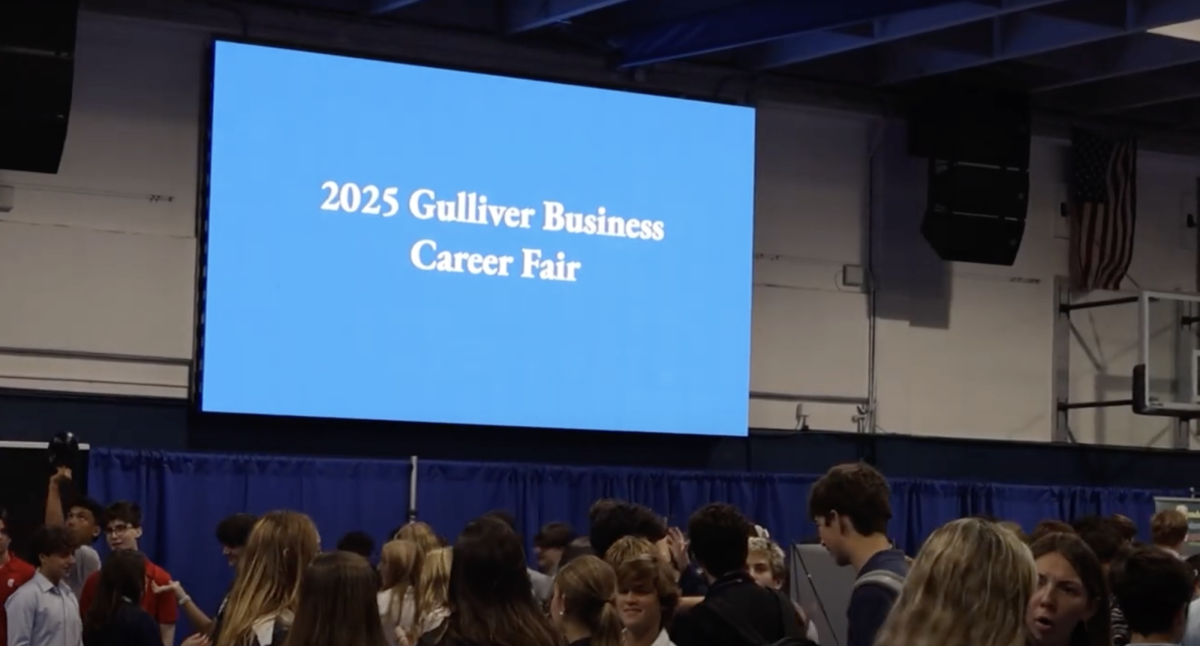“A dead, rotten carcass” — that’s how Florida Gov. Ron DeSantis described the state of the Democratic Party last year. DeSantis openly expressed his joy over his rivals’ setbacks and gloated once again at the Republican National Convention (RNC): “The Democratic Party lies in ruins. The left is retreating, freedom reigns supreme, the woke mind virus is dead, and Florida is a solid Republican state.”
Despite opinions on the “woke mind virus” remark, even Democrats can’t deny the truth behind DeSantis’s statement. Not a single statewide elected office in Florida is held by a Democrat; there hasn’t been a Democratic governor or majority in the state legislature since 1999, and the latter currently holds a veto-proof Republican supermajority. Records show that the Florida GOP now boasts a one-million-voter lead registration. The 2022 midterms seemed to be the final nail in the coffin, with Democrats suffering defeats even in former “blue” areas — a glaring red flag signaling their urgent need to regroup and overhaul their strategy.
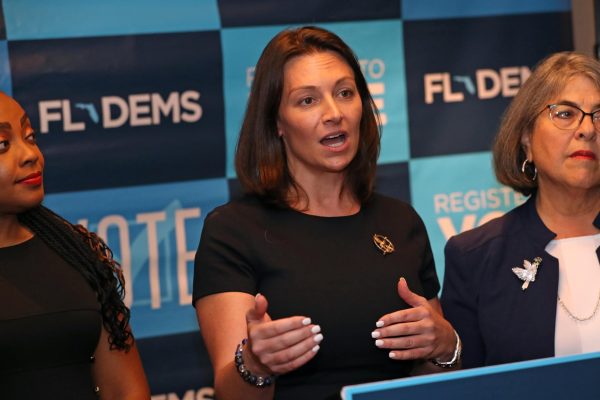
To address these setbacks, the party has sprung into emergency action, mobilizing from the Panhandle to the Keys, doubling down on efforts in hopes of seeing Democratic victories on the horizon come election day.
On April 10, the Florida Democratic Party (FDP) unveiled its official ‚ÄúTake Back Florida‚Äù plan, described as a ‚Äúunified statewide effort to register voters, re-enroll Floridians to vote by mail, and elect Democrats up and down the ballot in 2024.‚Äù¬Ý
The FDP had historically held the lead in voter registration until 2021 when Republican get-out-the-vote efforts toppled their advantage. The following year, GOP voter turnout surged, leaving Democrats playing catch-up. Since then, Democratic grassroots volunteers have been working tirelessly to close the gap. I spoke with Jayden D’Onofrio, chairman of Florida Future Leaders PAC, which spearheads youth organizing for the state party through campus chapters in key battleground districts.
“We’ve got a full on-the-ground program and a solid digital strategy to engage young voters, making sure they show up for this election,” D’Onofrio said. “We’re also building a youth turnout machine that will last for many elections to come.”
To accomplish their goal of getting Democrats in office, the party leadership is aiming to field a candidate for every available seat across the state, even going so far as to put up billboards to recruit candidates.
‚ÄúIn 2022, we left seats unchallenged, which resulted in low turnout for Democrats,‚Äù said Danielle Hawk, the FDP‚Äôs campaign director, according to a recent article in “Tallahasse Democrat.” ‚ÄúWhen we have candidates running everywhere, we give Democrats in every corner of the state a reason to show up and vote on Election Day.‚Äù
Still, some within the party question the move. D‚ÄôOnofrio groaned when I mentioned the initiative. ‚ÄúTo be very honest, I‚Äôm not the biggest fan‚Ķ it spreads our money that we raise, it spreads the talent that we have for organizing, and it spreads our focus too broadly.‚Äù¬Ý
The FDP has had several straight seven-figure fundraising quarters in the 2024 cycle, credited to a series of conservative policies and rulings that have driven an influx of donations. However, the GOP is more consistent and has more money on hand, challenging the FDP’s already tight budget. Despite concerns over overextending their resources, they hope that running a candidate in every single race in the state–140 legislative and 28 congressional–will be a show of presence: one that proves that the party isn’t just letting Republicans go unchallenged.
Infighting and drama have created other roadblocks. The decision to cancel the state‚Äôs Democratic primary, and the ensuing federal challenge by excluded candidate Dean Phillips, engendered controversy. So too did FDP Chair Nikki Fried‚Äôs move to oust three county party chairs at once in what she called “an overall strategy to get local [Democratic] parties back on track‚Äù but instead attracted anger from them.
Robert Asencio, member of the FDP’s central committee, told NBC that those protesting are mainly worried about the party looking like it’s falling apart right before an election. But, he pointed out, “What worse optics are there if they continue to lose?”
Nonetheless, two notable successes have been celebrated as signs of life from the supposedly dead-in-the-ground party, as well as testimonies to Take Back Florida‚Äôs effectiveness. In last year‚Äôs Jacksonville mayoral race, Democratic candidate Donna Deegan won in what was described by NBC News as a ‚Äúmajor upset‚Äù and ‚Äúshot of momentum‚Äù to the FDP heading into the election year. And January‚Äôs special election saw Democrat Tom Keen secure battleground State House District 35. His opponent raised twice as much as him after an outpouring of Republican support. But major efforts by the FDP to boost vote-by-mail registration, as well as voters‚Äô ‚Äúanger over Republican restrictions on abortion in the state,‚Äù helped along Keen‚Äôs victory, says The New York Times.¬Ý
Amendment 4, an abortion rights proposal, will be on the ballot this November thanks to a petition campaign that received nearly one million signatures; and despite a legal challenge by the DeSantis administration. Strategists believe that ‚ÄúYes on 4‚Äù will help increase Democratic turnout, as in the case of a similar ballot initiative in Michigan two years ago.¬Ý
And as with District 35, Dems believe they can use pro-choice candidates to help pick up enough seats to undo the supermajority, appealing to more moderate voters‚Äînamely independents who makeup nearly one-third of Florida‚Äôs electorate and often aren‚Äôt onboard with the same rhetoric which entices the Republican base. And Jayden D‚ÄôOnofrio asserts that young people are another critical demographic Democrats might pick up with such initiatives.¬Ý
Meanwhile, the FDP is rolling out other changes. In May, Nikki Fried unveiled the party‚Äôs new logo‚Äìwhich features a Florida panther.¬Ý
Florida GOP Chairman Evan Power was quick to jump on the irony, replying, “The choice in changing your mascot from a donkey to a Florida Panther is particularly fitting with its status as an endangered species.”
Fried’s team holds that “Florida Panthers are fierce, and they’re making a comeback.”
The key, they and other professionals agree, is not to lose hope. Analyst Nathaniel Rakich says in an article published by ABC News, Democrats shouldn‚Äôt be counted off in the Sunshine State: “…Sometimes, you know, states kind of go off on little tangents in their political journey‚Äìbut then they kind of come back to the main road.”¬Ý
But doubts continue to abound. “There’s always deeper than rock bottom,” an anonymous strategist told ABC News the day before the Take Back Florida campaign was announced. “We’ll find out after the 2024 results.‚Äù
Whatever the outcome, the Florida Democratic Party is going to have to continue its struggle and look beyond short-term goals to properly pursue the bigger picture.¬Ý
And if the party manages to stay above water, it might get itself off the politically endangered species list sooner than anticipated.

